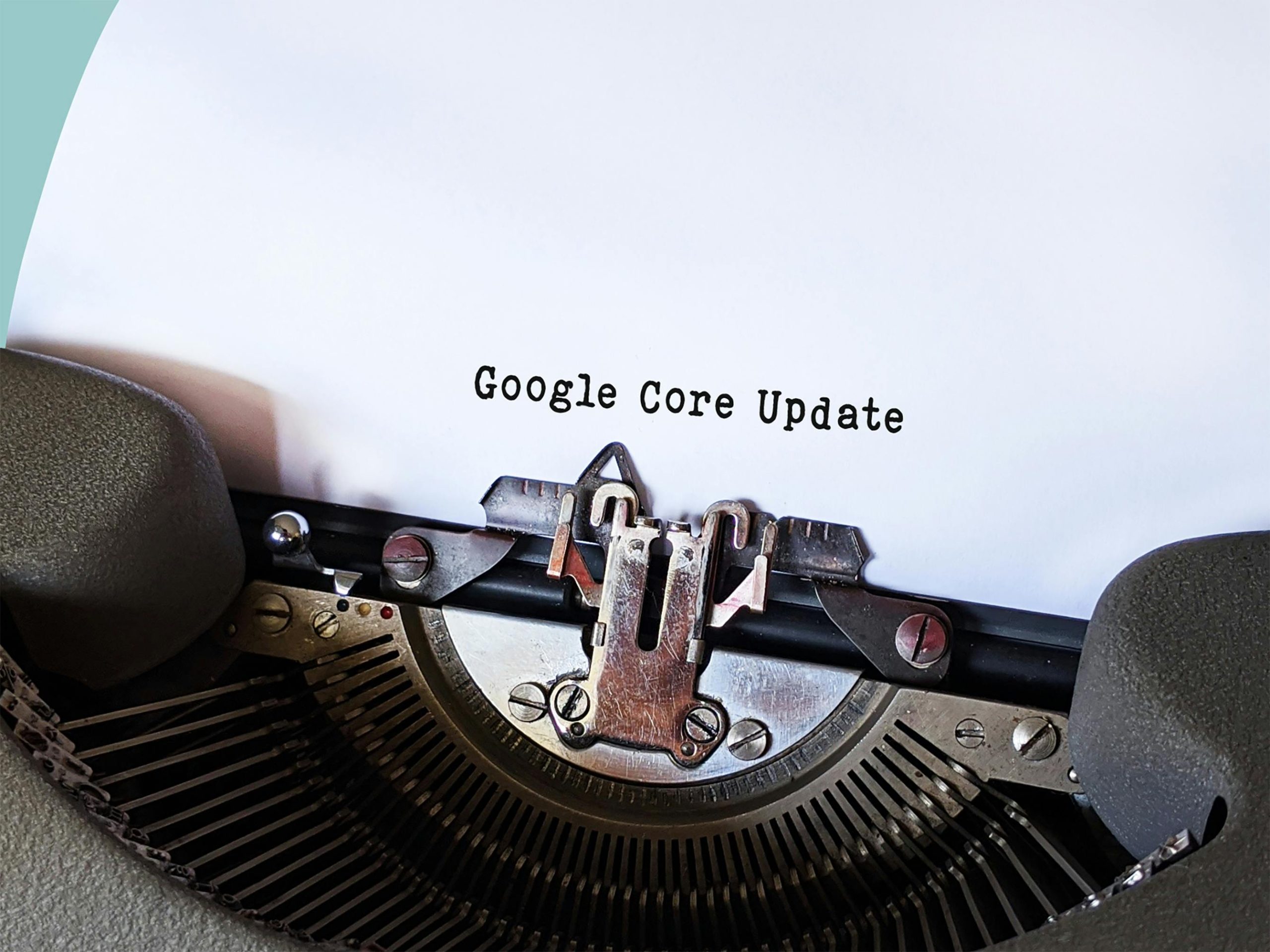Understanding the Impact of a Development Site Ranking in Google: What You Need to Know
When developing a new website for a client or company, it’s common practice to build and test the site in a staging environment before launching it on the official domain. However, a common concern among developers and digital marketers is whether a development or preview site appearing in Google search results can have any negative implications for SEO or the eventual launch.
The Scenario: Development Site Already Ranking
In this instance, a development version of a company’s website hosted on a service like Vercel’s preview environment (.vercel.app) is already ranking in Google search results for the company’s name. Naturally, the question arises: does this impact the site’s SEO performance once the final, official website is launched? Or could it potentially cause conflicts or rankings issues?
Potential Impacts on SEO and Site Transition
-
Ranking Conflicts:
Having a development or staging site indexed by Google can create duplicate content issues. Search engines may struggle to determine which version should rank, potentially diluting page authority or causing confusion over which site is the authoritative source. -
Crawling and Indexing Problems:
Search engines might crawl and index pages intended solely for development purposes, which are not meant for public access. This could lead to outdated or incomplete content appearing in search results, possibly misleading users. -
User Experience and Branding:
An indexed development site can impact brand perception if users encounter unfinished or placeholder content when clicking through search results.
Best Practices for Managing Development Site Visibility
To prevent these issues, developers and site owners should implement proper SEO controls during the development phase:
-
Use of ‘Noindex’ and ‘Nofollow’ Meta Tags:
Applying thenoindexdirective to development pages ensures they are not included in Google’s index, preserving SEO integrity for the live site. -
Robots.txt Configuration:
Updating therobots.txtfile to disallow crawling of the staging environment helps prevent search engines from accessing internal pages. -
Password Protection:
Restrict access to staging sites through authentication to ensure only authorized personnel can view or crawl the site. -
Domain Management:
When ready to go live, implement proper redirects and ensure the transition from the development environment to the main domain is seamless and properly canonicalized.
Can a Development Site Help or Hurt SEO?
While an active development site ranking in search results

